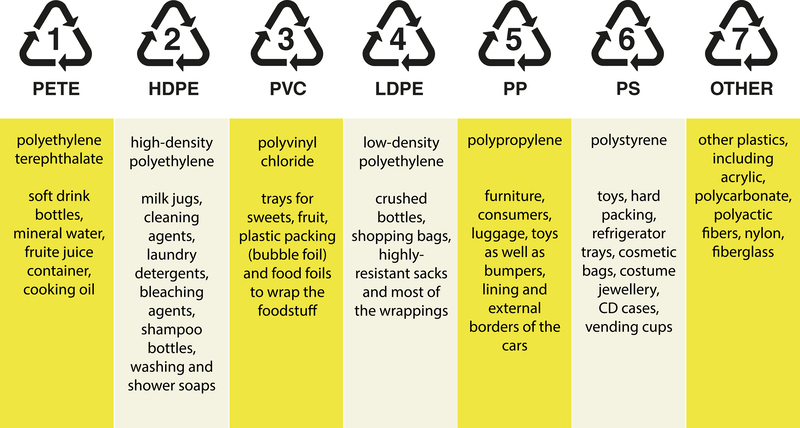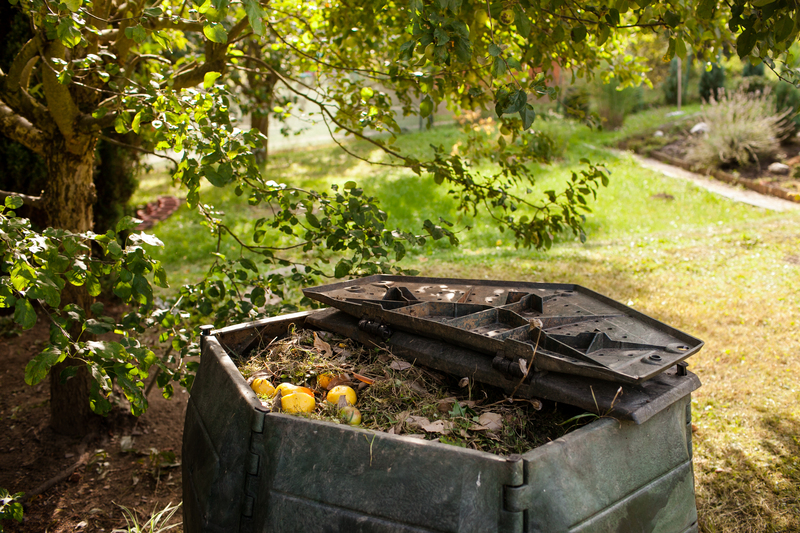The Fight Against Microplastic Pollution Begins: An In-Depth Look
Microplastic pollution has emerged as one of the most pressing environmental threats of the 21st century. With the world's oceans, rivers, soils, and even the food we eat increasingly contaminated, the need to combat this invisible menace is more urgent than ever. The fight against microplastic pollution is beginning in earnest, driven by scientific innovation, regulatory action, and growing public awareness. In this article, we explore microplastic pollution from every angle--what it is, where it comes from, why it matters, the latest solutions underway, and how you can join this crucial battle.

What Are Microplastics?
Microplastics are tiny pieces of plastic measuring less than five millimeters in diameter. Although small, these particles have a disproportionately large impact on ecosystems and human health. There are two main categories:
- Primary Microplastics: Manufactured intentionally, for example, as microbeads in cosmetics or pellets used in industrial processes.
- Secondary Microplastics: Formed when larger plastic objects break down due to sunlight, wave action, or abrasion.
Microplastics are now detected everywhere--from the deepest ocean trenches to the human bloodstream. The fight against microplastic pollution requires understanding how these minute pollutants originate and traverse through our ecosystems.
The Rise of Microplastics: A Global Concern
The rapid increase in plastic production over the last century, combined with inadequate waste management systems, has led to an explosion of microplastic contamination. Every year, millions of tons of plastic waste enter the environment. As plastics degrade, they fragment into smaller and smaller pieces, eventually becoming microplastics that are nearly impossible to remove.
Sources of Microplastic Pollution
- Personal care products such as exfoliating scrubs and toothpaste containing microbeads
- Textile fibers from synthetic clothes, released during washing
- Tire wear particles from vehicles
- Degradation of larger plastic debris, such as bags, bottles, and packaging
- Industrial processes and raw materials like plastic pellets
- Microplastics from urban dust and household dust
With such a diverse range of sources, combating microplastic pollution demands a multifaceted approach at every stage--production, usage, waste management, and policy.
Impacts of Microplastic Contamination
On Marine Life and Ecosystems
Microplastics are ingested by marine organisms, from the smallest plankton to the largest whales. This ingestion can lead to:
- Physical harm or death from digestive blockages
- Transfer of toxic chemicals associated with plastics (such as PCBs and PAHs)
- Bioaccumulation and movement up the food chain
- Disruption of reproductive and developmental processes
Entire ecosystems can be disrupted as key species are harmed by microplastic ingestion or entanglement, potentially altering food webs and ecological functions.
Human Health Concerns
Microplastics have been detected in drinking water, seafood, salt, and even the air. Though research is ongoing, potential health risks include:
- Physical tissue damage from particle accumulation
- Inflammation and oxidative stress
- Transfer of toxic substances (additives and absorbed pollutants)
- Unknown long-term effects, particularly for children and vulnerable populations
As our understanding of these impacts deepens, the imperative to start the fight against microplastic contamination becomes ever clearer.
Global Initiatives in the Fight Against Microplastic Pollution
Policy and Regulation
Governments worldwide are stepping up regulations to help combat microplastic pollution. Key measures include:
- Bans on microbeads in personal care products (e.g., United States, United Kingdom, Canada)
- Development of extended producer responsibility (EPR) policies
- Plastic bag taxes and single-use plastic bans
- Research funding for alternative materials and cleanup technologies
International agreements, such as the United Nations Environment Assembly's 2022 resolution to end plastic pollution, set the stage for a coordinated global response to this mounting crisis.
Scientific Innovation and Cleanup Efforts
The fight against microplastic contamination is being advanced by scientists and engineers worldwide. Recent breakthroughs include:
- Development of new filtration systems for wastewater treatment plants
- Advancements in biodegradable and compostable plastics
- Microplastic-trapping devices for use in oceans and rivers (e.g., The Ocean Cleanup project)
- Innovative research into enzymatic breakdown of plastic polymers
These technological solutions offer hope, but success will require widespread adoption and commercial scalability.
Community Engagement and Consumer Awareness
Public education is crucial in the movement to fight microplastic waste. NGOs and citizen scientist groups are taking action by:
- Organizing beach cleanups and river sweeps
- Running workshops on reducing single-use plastics
- Advocating for green consumer choices
- Supporting research through microplastic sampling programs
The fight against microplastic pollution must be waged on multiple fronts, and individuals play a significant role in changing consumption patterns and pressuring policymakers for more rigorous action.
How to Join the Fight Against Microplastic Waste
Reduce Your Own Microplastic Footprint
- Choose natural fiber clothing--such as cotton, wool, or hemp--to avoid shedding synthetic microfibers in the wash.
- Avoid products containing microbeads. Check labels for polyethylene or polypropylene in personal care items.
- Use a microplastic filter in your washing machine or a dedicated laundry bag to trap fibers.
- Limit single-use plastics, such as bags, bottles, and packaging materials.
- Choose products with minimal plastic packaging and support brands with sustainability commitments.
These small steps, when multiplied across millions of households, can significantly reduce the influx of microplastics into our environment.
Advocate for Change
- Support legislation to regulate and restrict microplastics at national and local levels.
- Encourage businesses to shift toward sustainable materials and packaging.
- Participate in or donate to organizations engaged in microplastic cleanup and research.
- Raise awareness among family, friends, and your community about the dangers of microplastic pollution.
Support Cutting-Edge Research and Innovation
Help drive solutions by supporting startups, university labs, or NGOs working on alternative materials and advanced filtration technologies. Share news of breakthroughs in the fight against microplastic contamination and amplify the conversation on social media to generate momentum.

The Future of the Fight Against Microplastic Contamination
The Road Ahead
The fight against microplastic pollution is still in its early stages. Success will require:
- Greater investment in research and development
- Cross-sector collaboration--governments, scientists, businesses, and communities must work together
- Improved global plastic waste management infrastructure
- International agreements to stop the flow of plastic and microplastic waste
- Continued public engagement and behavioral change
As the movement grows, every effort matters. The challenge is daunting, but humanity has the ability and the responsibility to secure a cleaner, safer future. The early successes witnessed in regulation, technological innovation, and growing awareness demonstrate that there is still hope to turn the tide.
Conclusion: The Fight Has Begun--And You Can Make a Difference
Microplastic pollution is a slow-motion disaster with far-reaching consequences for planetary health and human well-being. From legislative action to scientific breakthroughs and grassroots mobilization, the world is beginning to tackle this massive problem. The fight against microplastic pollution has begun in earnest. By making informed choices, advocating for systemic change, and supporting innovation, each of us can be a part of the solution.
Together, we can end microplastic pollution and ensure a sustainable future for generations to come. The journey is just beginning--join the fight today.